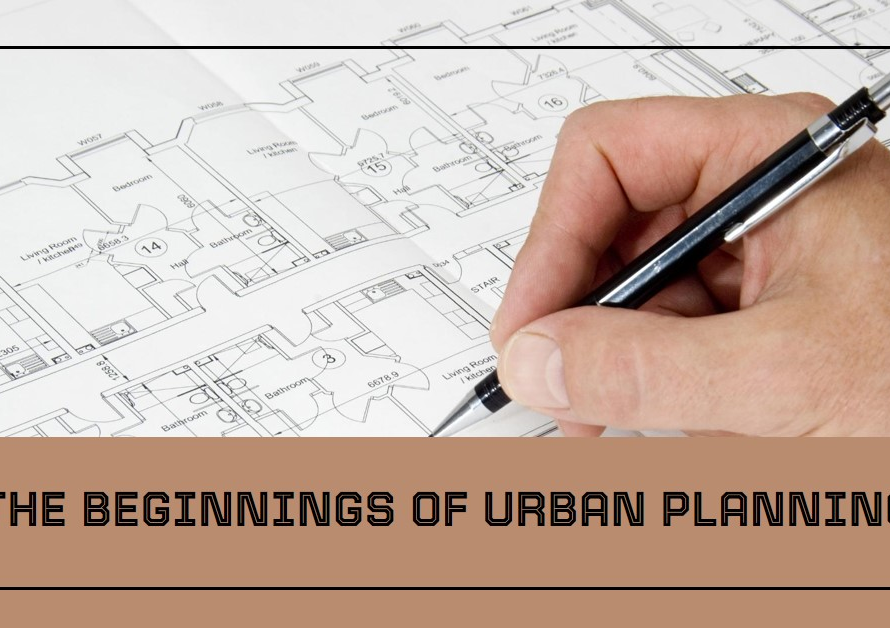
Table of Contents
Introduction:
In the vast realm of architecture, understanding the language is akin to possessing the key to unlock a treasure trove of design knowledge. Whether you’re an aspiring architect, a seasoned professional, or simply someone with a keen interest in the built environment, grasping the basics of architectural terms is essential. In this comprehensive guide, we delve into the fundamental concepts that underpin architectural discourse, shedding light on terminology that forms the cornerstone of architectural practice.
Foundations of Architecture
At the very core of architectural terminology lies the concept of “foundation.” The foundation serves as the bedrock upon which a structure is built, providing stability and support. From shallow spread footings to deep pile foundations, architects must consider various factors such as soil conditions, building loads, and environmental forces when selecting the appropriate foundation type for a project. Understanding the significance of a solid foundation is paramount, as it lays the groundwork for the entire architectural endeavor.
Structural Integrity
Structural integrity is a fundamental principle in architecture, ensuring that a building can withstand the forces acting upon it. Key structural terms such as beams, columns, and load-bearing walls form the structural skeleton of a building, distributing loads and maintaining stability. Architects must possess a comprehensive understanding of structural systems, including their materials, configurations, and design principles, to create safe and resilient structures that stand the test of time.
Form and Function
The interplay between form and function is a hallmark of architectural design, wherein aesthetics and utility converge to shape the built environment. Architectural terms such as symmetry, proportion, and scale govern the visual composition of a structure, influencing its overall appearance and spatial experience. Balancing form and function requires architects to consider not only the practical requirements of a building but also its aesthetic expression, fostering harmony between design intent and user needs.
Spatial Dynamics
Spatial dynamics encompass the organization and manipulation of space within a built environment, dictating how people interact with and navigate through architectural settings. Terms such as circulation, hierarchy, and zoning delineate the spatial hierarchy of a building, guiding users through various functional zones and creating meaningful spatial experiences. Architects must adeptly manipulate spatial dynamics to optimize usability, efficiency, and user experience within a given architectural context.
Materiality and Texture
Materiality and texture play a pivotal role in shaping the sensory experience of architecture, evoking tactile sensations and visual richness. Architectural terms such as material palette, finish, and texture elucidate the diverse range of materials and surface treatments employed in building construction. From the raw honesty of exposed concrete to the warmth of timber cladding, each material choice imparts its unique character and contributes to the overall aesthetic and tactile qualities of a structure.
Environmental Sustainability
In an era of increasing environmental awareness, architects are tasked with designing buildings that minimize ecological footprint and maximize resource efficiency. Sustainable design principles such as passive solar design, daylighting, and green roofs integrate environmental considerations into architectural practice, promoting energy efficiency, indoor air quality, and occupant well-being. Architectural terms related to sustainability, such as carbon footprint, embodied energy, and life cycle assessment, underscore the importance of adopting holistic approaches to building design and construction.


Contextual Integration
Contextual integration involves the harmonious insertion of a building within its surrounding environment, responding to site conditions, cultural context, and urban fabric. Architectural terms such as contextualism, urban morphology, and site analysis inform the contextual design process, facilitating a nuanced understanding of site-specific challenges and opportunities. By embracing contextual integration, architects can create buildings that resonate with their surroundings, enriching the built environment and fostering a sense of place.
Technological Innovation
Technological innovation is revolutionizing the field of architecture, empowering architects with advanced tools and techniques to envision, design, and construct buildings more efficiently and sustainably. Architectural terms such as Building Information Modeling (BIM), parametric design, and digital fabrication exemplify the transformative impact of technology on architectural practice. Embracing technological innovation enables architects to push the boundaries of design innovation, optimize project delivery processes, and address complex challenges with precision and agility.
Cultural Significance
Architecture serves as a tangible expression of cultural identity, reflecting the values, traditions, and aspirations of a society. Architectural terms such as vernacular architecture, historic preservation, and cultural heritage underscore the intrinsic connection between architecture and culture. By preserving cultural significance, architects can contribute to the preservation of collective memory, fostering cultural continuity and enriching the cultural fabric of communities worldwide.
Conclusion:
In conclusion, mastering the basics of architectural terminology is indispensable for anyone seeking to navigate the multifaceted world of architecture. From understanding the principles of structural integrity to embracing the nuances of contextual integration, each architectural term offers insight into the complex interplay of factors that shape the built environment. By delving into these key concepts, architects can cultivate a deeper appreciation for the art and science of architecture, empowering them to create spaces that inspire, enrich, and endure.


